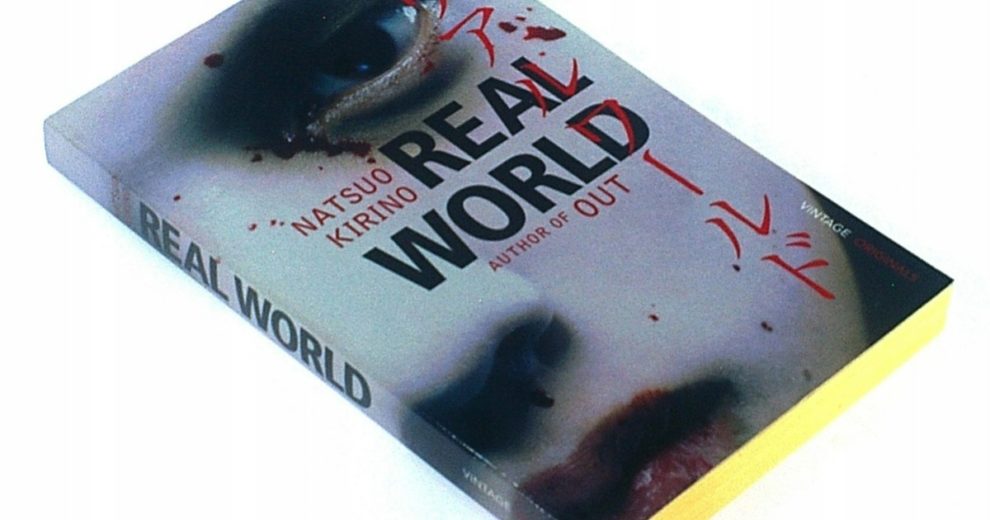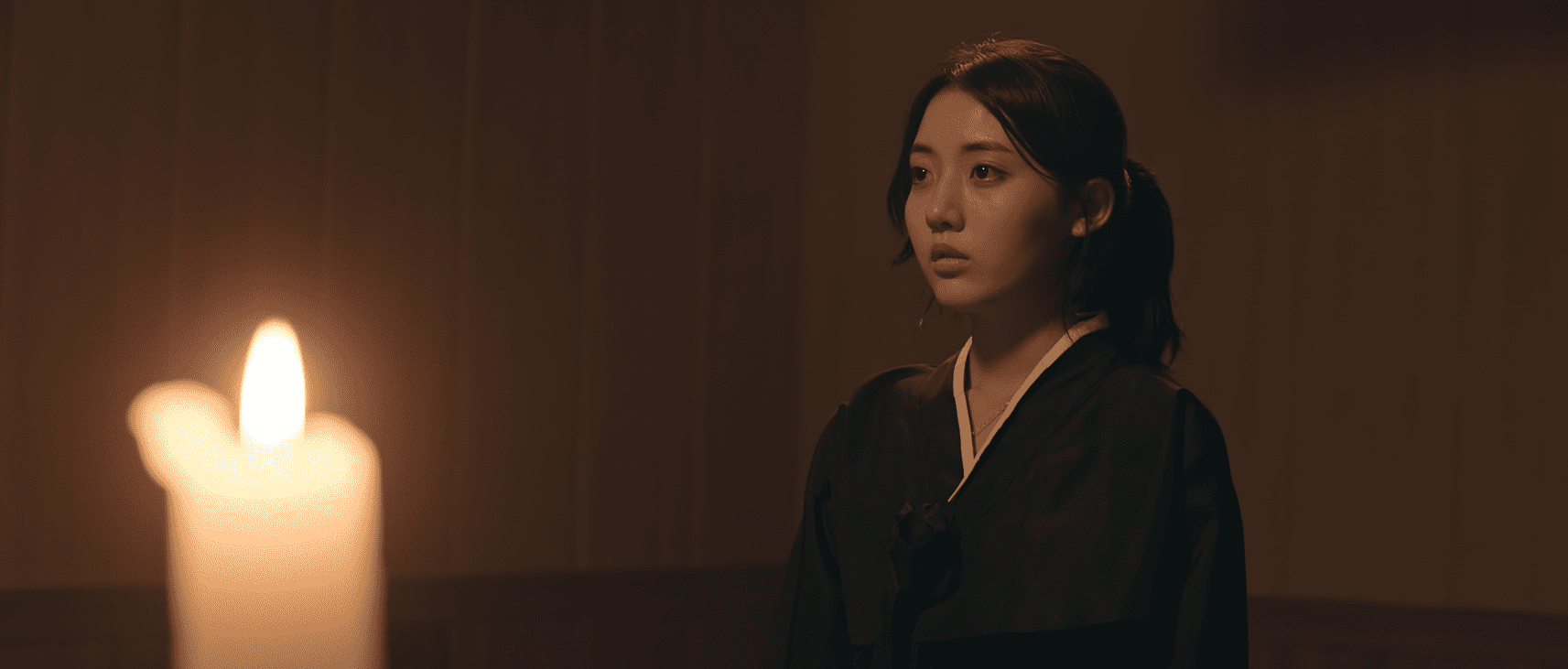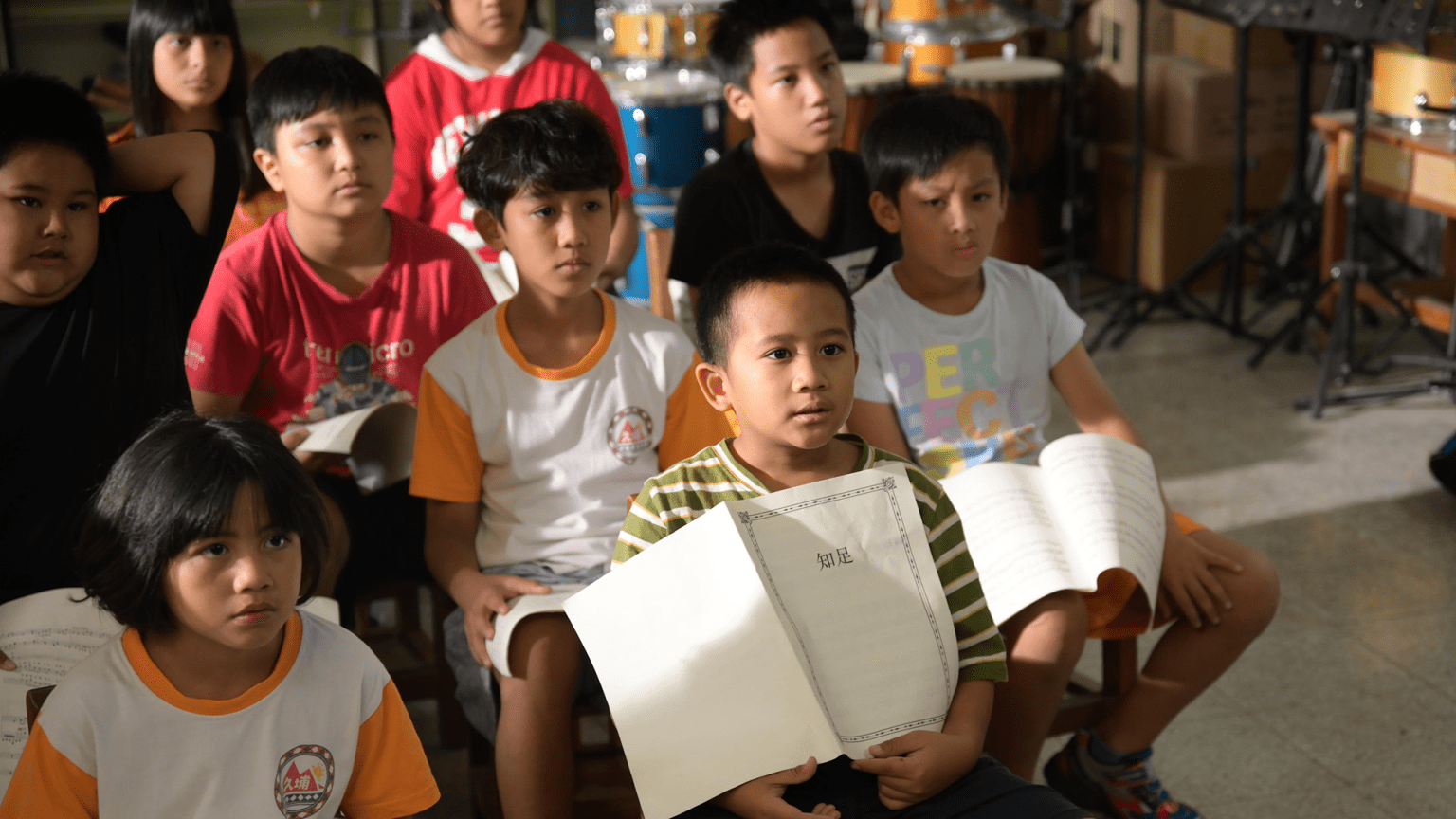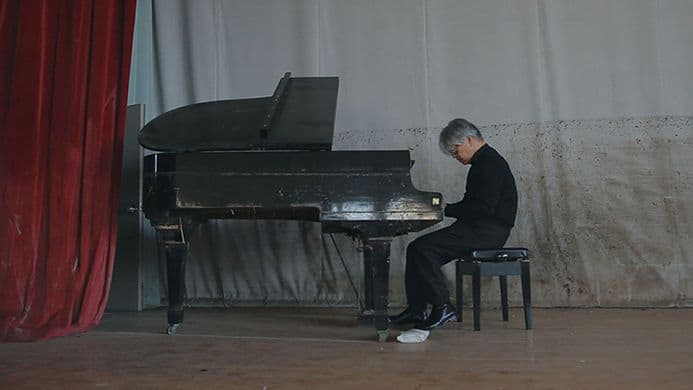Continuing in the excellent fashion of “Out” and “Grotesque” (which was actually written after “Real World” but was translated later in English), Natsuo Kirino uses another crime-oriented narrative in order to talk about society and human nature, among a number of other things.
Buy This Title
on Amazon
The book starts with the sound of glass breaking, which Yoshiko Yamanaka, aka Ninna Hori, hears from the house next door in the suburbs of Tokyo she lives in, which is inhabited by a family of three, including a boy she has come to call Worm. Soon later, the mother of the boy is found dead and he has disappeared, with the police being on his heels. The events shock Yoshiko, but soon also start to impact her three besties, smart and composed Terauchi, manly-acting Yuzan, and “Barbie” Haru, all of which eventually interact, one way or another, with the fugitive. The story unfolds through the succeeding narrations of the five protagonists, who speak about their interactions with the boy, but also present their thoughts about themselves and the rest of their friends. As the chapters unfold, a number of their secrets are revealed: Yuzan is trying to hide her sexual orientation, Haru has a secret night life, and the other two, despite their seemingly balanced demeanor, face both family and personal issues. Worm on the other hand, is on a path of war that leads nowhere, and he does not seem to realise it even for a bit.
Through their stories, Kirino comments on a number of “troubles kids faced in the 2000s”, although the situation does not seem to have become much different today. The pressure to get into a good college and subsequently, to get a good job, has made their life as teenagers one of constant pressure from their parents, and with an almost complete lack of free time, as their time is filled with lessons in school, cram school and studying, in a cycle that does not seem to end. The way each of them respond to this pressure differs significantly however. Haru has sex with unknown people and ‘parties' as much as she can, Yuzan also has her adventures on occasion, Yoshiko has created an alternate personality and Terauchi has conformed fully to all the “rules”, at least seemingly. Worm, on the other hand, decides to handle the pressure in the worst way, which, however, intrigues all of the four friends, who find themselves drawn to him in ways they cannot even understand.
The world Kirino creates is almost exclusively inhabited by kids, with the grown ups having just a peripheral role, with their actions, at least the individual ones, having a very small impact on the younger ones. This world, however, is not filled with joy and cheerfulness, with the portrait the author presents being rather dark, pessimistic, and essentially hopeless, with the “Real World” of the title essentially pointing towards one the previous generation created and forced the current to be in, with the worst consequences.
At the same time, another central comment emerges, that of the fact that parents do not know their children, but also that teenagers do not know themselves, but neither their friends. As every one of the girls is projecting a self they want the rest to perceive about them, but at the same time they do not realise how transparent they really are, a social game is created essentially, where everyone lies, and for reasons that are completely futile. In such a setting, the only one who is real to himself and others seems to be Worm, a concept, however, which adds even more to the permeating pessimistic, cruelly realistic atmosphere of the novel. The ending, although surprising on a number of levels, cements this overall approach in the best fashion, adding even more to the overall impact of the title.
Kirino's language is simple, as usually the case with her generation of female writers, with the art of encompassing truly intricate notions and comments through this simplicity being one of the best assets of the book. The overall minimalism, which has the story stripped of any kind of unnecessary beautification, and presented through mostly short sentences, allows the whole story, characters' analysis and context to unfold in just 208 pages, and also adds to its readability.
“Real World” is a great book that manages to be easy to read, contextually rich, and quite impactful in a number of ways. I am surprised that it has not been adapted for cinema yet.

















